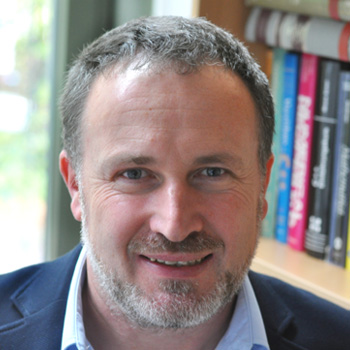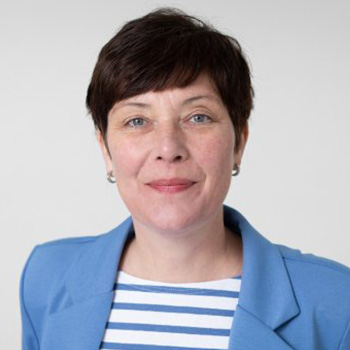
Harvesting energy in a completely new way
Findings from the nanoworld have a major impact on the development of new technologies. DESY scientist Patrick Huber extracts energy from sponges and water. In doing so, he is probably tapping into new sources of energy.
Prof Dr Patrick Huber is a physicist and expert in the research of nanomaterials. In the brilliant X-ray light from the PETRA particle accelerator, he investigates the mechanical properties of materials that make new technologies possible - for power generation, data storage, biosensors or water treatment. The processes on porous materials are of particular interest to the professor at Hamburg University of Technology. In addition to gaining knowledge about material properties, Huber is fascinated by the great potential for innovation that he finds in sponges, for example.
“Because of the enormous number of pores, one cubic metre of the nanosponge could deliver more than ten kilowatts of power, free of CO₂.”

Measurement methods developed by him and his research groups also show new ways of monitoring the function of high-performance materials - without having to destroy them in the process.
In the video below, Patrick Huber explains a new technology approach which he ist currently researching in the context of the EU project EHAWEDRY (external link): Energy generation based on the soaking and drying of sponges.

Heidrun Hillen
I am happy to answer your questions about PETRA IV.


